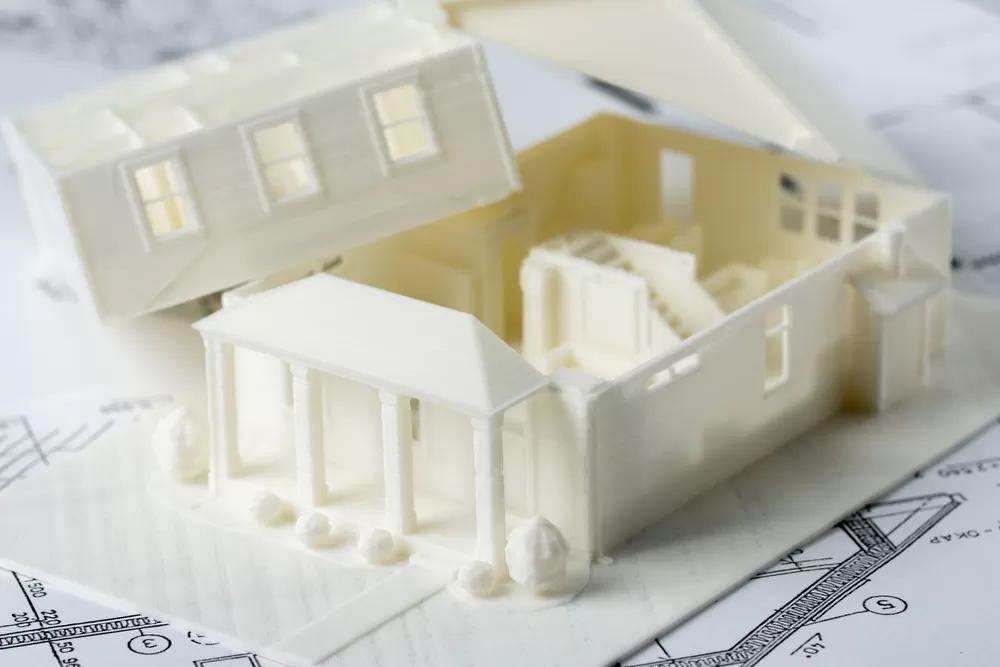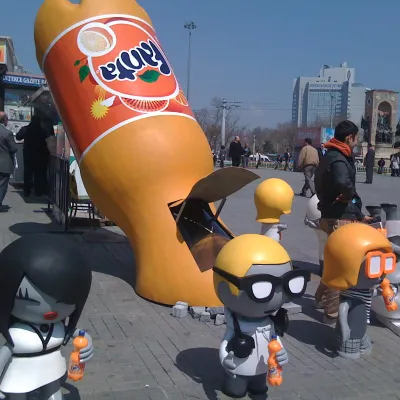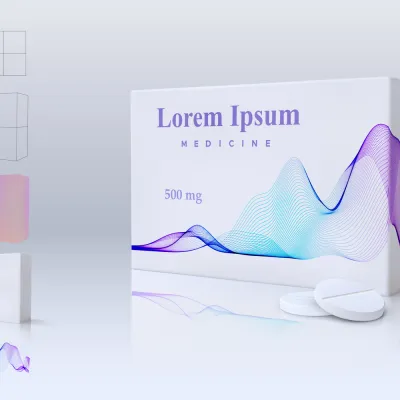- Konu Başlıkları
- How is 3D Used in Architecture? Revolution in Design!
- How is 3D Used in Architecture?
- 3D Printers and Architectural Design - How is 3D Used in Architecture?
- 3D Architectural Modeling - How is 3D Used in Architecture?
- The Place of 3D Printing in Realizing Architectural Designs
- The Use of 3D Printers in Architecture: Advantages and Application Areas
- Sustainability and 3D Architectural Printing - How is 3D Used in Architecture?
- Application Areas of Complex Designs - How is 3D Used in Architecture?
- The Technology that Guides Architecture: The Transformative Power of 3D Printing
How is 3D Used in Architecture? Revolution in Design!
While technology adds new innovations to our lives every day, the world of construction and architecture also receives its share of these developments. In particular, the question of how is 3D used in architecture has become quite popular in recent years and has been on the agenda of many professionals. 3D printers have gained a solid place in the world of architecture as an important tool that makes design processes more efficient and saves time. In this article, we will examine in depth the answers to the questions of the use of 3D printing in architecture and how is 3D used in architecture. In addition, we will provide a detailed perspective on every aspect of the subject by touching on subheadings such as the use of 3D printers in architecture, 3D architectural printing and 3D architectural modeling.
[widget-131]
How is 3D Used in Architecture?
Today's architecture is looking for more innovative and sustainable solutions by going beyond traditional methods. In this context, the question of how is 3D used in architecture requires focusing on more creative and efficient design processes. Understanding how 3D printing technology works in architecture provides a great advantage in both aesthetic and functional terms.
3D Printers and Architectural Design - How is 3D Used in Architecture?
The use of 3D printers in architecture produces much faster and more cost-effective results compared to traditional construction methods. This technology allows designers to create more freely while also minimizing margins of error. The most effective answer to the question of how 3D is used in architecture is possible by using 3D printers integrated into the design process in the correct planning and design stages. In architectural projects, designs created with digital modeling in the initial stages become tangible thanks to the use of 3D printing in architecture.

3D Architectural Modeling - How is 3D Used in Architecture?
3D architectural modeling is the most important process that increases the usability of 3D printers. These modelings made in the digital environment allow the architect to turn his imagination into reality. This modeling stage is an important part of the question of how 3D is used in architecture because the printing process cannot be efficient without accurate modeling. The use of 3D printing in architecture makes the architect's job easier by accurately reflecting all the details, square meter calculations and material requirements that will be included in the project.
The Place of 3D Printing in Realizing Architectural Designs
3D architectural printing offers a faster and more sustainable alternative to traditional construction methods. These prints are used in the creation of elements such as walls, structures and exterior facades, which are the basic elements of construction. The use of 3D printing in architecture is very effective in saving time and labor, especially in large-scale projects. In addition, the production of complex geometric forms has become much easier with 3D printing.
The Use of 3D Printers in Architecture: Advantages and Application Areas
The use of 3D printers in architecture creates a great revolution in terms of both aesthetics and functionality. The advantages of this technology are not only limited to reducing construction costs; it also provides great flexibility on designs. Architectural designs made with 3D printers attract attention with less material usage and faster construction process. High precision prints make it possible to meticulously apply every detail of the designs.
Sustainability and 3D Architectural Printing - How is 3D Used in Architecture?
Sustainability is an important part of modern architecture. The use of 3D printing in architecture produces less waste and consumes less energy compared to traditional construction methods. This allows for an increase in environmentally friendly projects. The environmentally focused answer to the question of how 3D is used in architecture may be related to the fact that this technology promotes ecological structures. In addition, these prints become even more environmentally friendly thanks to the fact that they can be made with recyclable materials.
Application Areas of Complex Designs - How is 3D Used in Architecture?
Sometimes complex, very detailed and original designs are required in architectural projects. The use of 3D printers in architecture is the greatest aid in such projects. Complex geometric forms that cannot be made with traditional methods can be easily built thanks to 3D architectural modeling and printing.
[widget-136]
The Technology that Guides Architecture: The Transformative Power of 3D Printing
The future of the question of how 3D is used in architecture largely depends on the evolution of this technology. 3D printing, which will go further than where it started today, will gain an important place especially in prefabricated structures, striking structures and sustainable construction sectors. In addition, the processes of using 3D printing in architecture will also become more user-friendly and projects will be realized faster.
The question of how 3D is used in architecture is not only a technology question in the world of architecture, but also a turning point showing how design and construction processes are transforming. The use of 3D printing in architecture and the use of 3D printers in architecture offer endless possibilities for designers, while also promising an environmentally friendly and sustainable construction process. 3D architectural printing and 3D architectural modeling enable architects to use their creativity more efficiently, and this technology will play a major role in
















